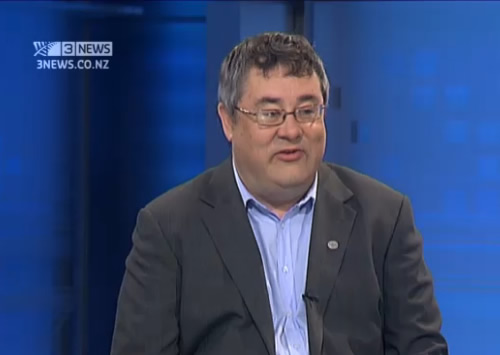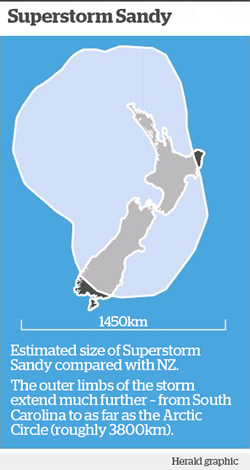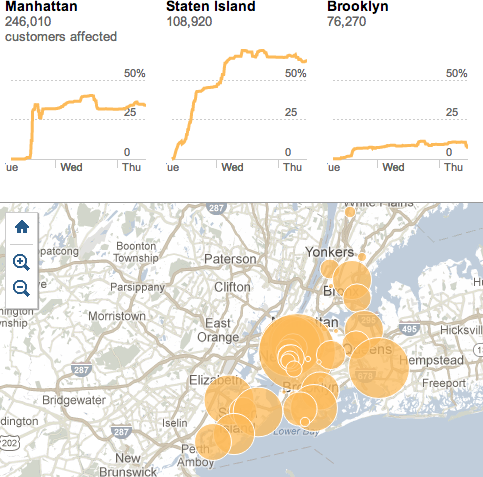
Auckland University statistician and the most regular contributor to Stats Chat, Professor Thomas Lumley, spoke to Firstline this morning.
Watch the interview or read the interview below:
“Now bear with us, because we’re about to talk statistics, but not the dry mathematics you might expect: it’s all about the art of picking an election winner.
In the US election, many commentators said the race was too close to call but there were some who picked the Obama victory almost perfectly like Nate Silver of the New York Times and Princeton’s Sam Wang. How did they get it right when others got it so wrong. Well for more on this I’m joined by Auckland University statistician Professor Thomas Lumley.
So people like Nate Silver and Sam Wang, were you surprised that they predicted it so accurately?”
Thomas: “No, it’s the sort of thing that you really can predict things accurately. There’s a lot of polling information in the United States, people do a lot of National polls, State polls and so on, and there’s a lot of history about how accurate they are so it is possible to put that information together.”
“So who is Nate Silver?”
Thomas: “He’s currently from the New York Times. He used to a run a separate blog called FiveThirtyEight.com and then got bought by the New York Times essentially. Before that, he was a baseball statistician, he did baseball prediction.
He was extremely close, he was actually lucky as well as smart. He was closer than he could have been just by being right: but he got every single state correct in the electoral college vote and Florida which hasn’t been decided yet, he predicted at almost exactly 50%.”
“So he’s making these correct calls and yet we’re reporting all the time: ‘too close to call’. How can there be such a gulf between what he does and what everyone else is saying?”
Thomas: “Partially, it’s what people aren’t used to what you can do by putting the poll information together. In the old days, people looked at one poll at a time, and there because of the biases in different polls and because each poll is relatively small, maybe 1000 or 5000 people you can’t tell very accurately.
But if you put them all together you can tell quite accurately unless something really novel happens – there’s a big change in who goes out to vote or something. [This is what’s called] meta-polling: putting polls together. People have been picking polls with what they would like to believe and one of the things about Nate Silver is that he’s very good at distinguishing what he wants to be true from what there’s actually data about.”
“George Will of the Washington Post said Romney would win with 320 electoral votes, another one from the New York Post said 325. They’re way off.”
Thomas: “They’re way off and those people are off more than a reliance on a single poll could be. Part of the issue is that one of the things that political journalism is valuable about it is that people talk to inside sources and learn what people inside the parties are saying and cross check it. But it doesn’t actually help in this case because there isn’t any inside information, the parties don’t know any more than the pollers do.”
“Would something similar work for New Zealand elections?”
Thomas: “It would work and there’s a couple of websites which are trying to do it. It wouldn’t work quite as well probably because there are fewer polls in New Zealand. Because New Zealand’s smaller and the polls still have to be 1000 or so people, you can’t afford as many polls in a New Zealand as a US one. There isn’t as much information. It would still work better than a single poll though.



Recent comments on Rachel Cunliffe’s posts